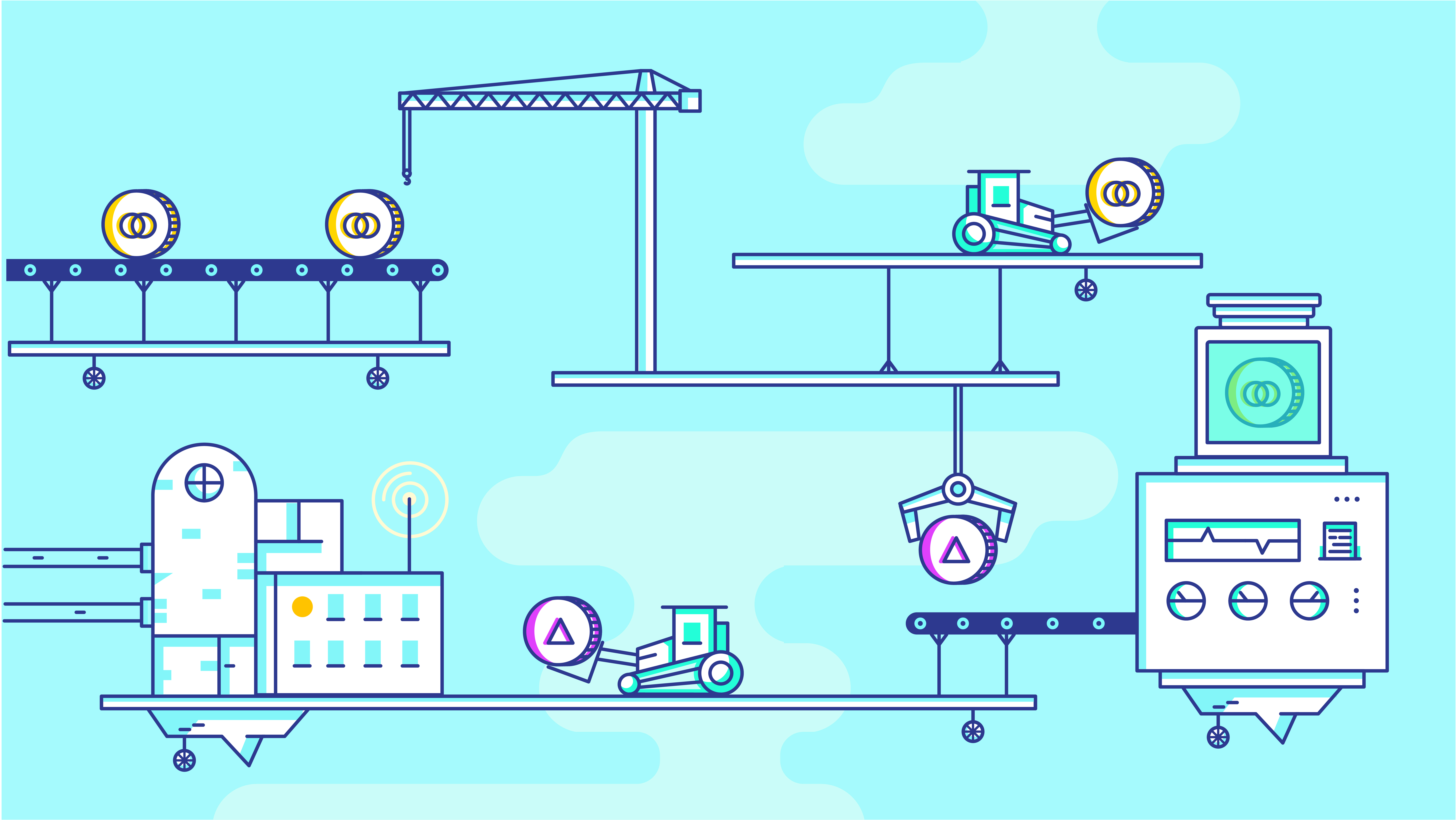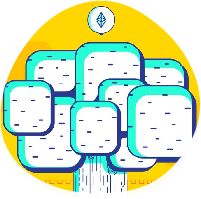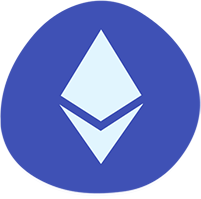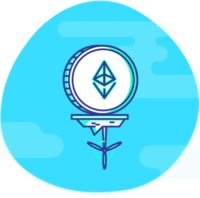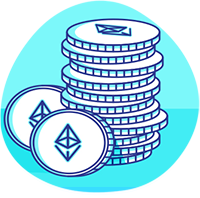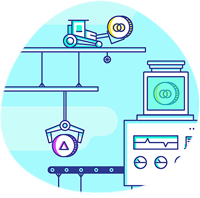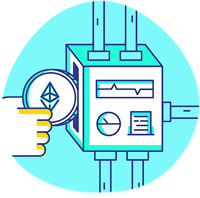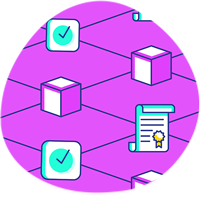What Are ERC721 Tokens?
ERC721 tokens, more commonly referred to as Non-Fungible tokens (NFTs) have captured a lot of developer mindshare since the interface was first published as an EIP in September of 2017. Non-Fungible tokens allow developers to tokenize ownership of any arbitrary data, drastically increasing the design space of what can be represented as a token on the Ethereum blockchain.
The biggest differentiator of Non-Fungible tokens is that each one is tied to a different identifier, making each token unique to its owner. This is much different to tokens leveraging the ERC20 token standard, which is a token standard for fungible tokens, meaning each token is interchangeable. In the ERC20 token standard, developers can create any number of tokens within one contract, but in the ERC721 token standard, each token within the contract holds a different value.
ERC721 is a standard interface for Non-Fungible tokens, meaning ERC721 tokens are simply a subset of Ethereum tokens.
Understanding The Standards of ERC721
Like previous token standards, the ERC721 standard outlines a set of common rules that all tokens can follow on the Ethereum network to produce expected results. Token standards primarily stipulate the following characteristics about a token:
- How is ownership decided?
- How are tokens created?
- How tokens are transferred?
- How tokens are burned?
ERC721 is important for a number of reasons, particularly because of the new use cases it enables as well as its ability to be easily integrated into ecosystem infrastructure. Having a common interface for exchange and wallet operators to easily implement makes Non-Fungible tokens that much more valuable. Assimilation into the ecosystem makes them more liquid, increases price discovery, and allows anyone in the world to own Non-Fungible assets.

ERC721 Used For Games
Non-Fungible tokens have spawned new types of collectible digital assets as well as new infrastructure for blockchain-based games. Many developers have actually blended the two, and one specific application, CryptoKitties, became an overnight success.
CryptoKitties pioneered the collectibles use case and proved that individuals place value in digitally-scarce goods. Since CryptoKitties leverages the ERC721 token standard and the Ethereum network, owners can be confident that their assets can’t be duplicated or seized. There have been a number of games that built their platforms on top of the ERC721 token standard. Decentraland allows users to purchase scarce, virtual land in the metaverse by tokenizing each parcel of land to a unique token. Non-Fungible tokens have the potential to break out tons of liquidity in gaming assets and create completely unique gamer experiences.


